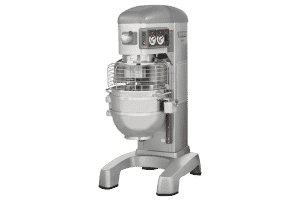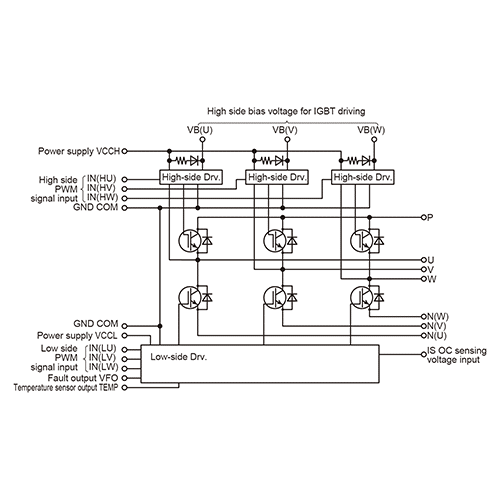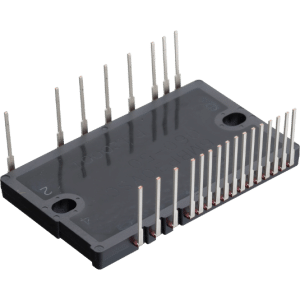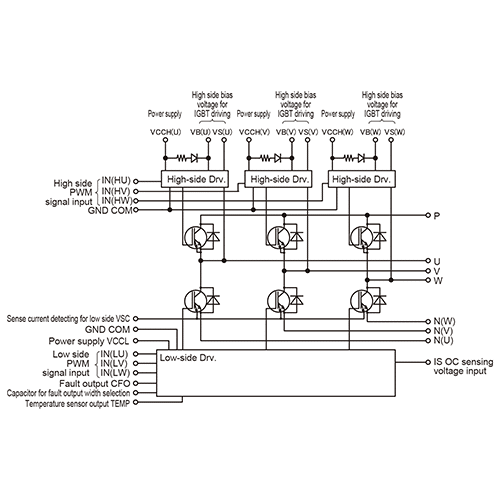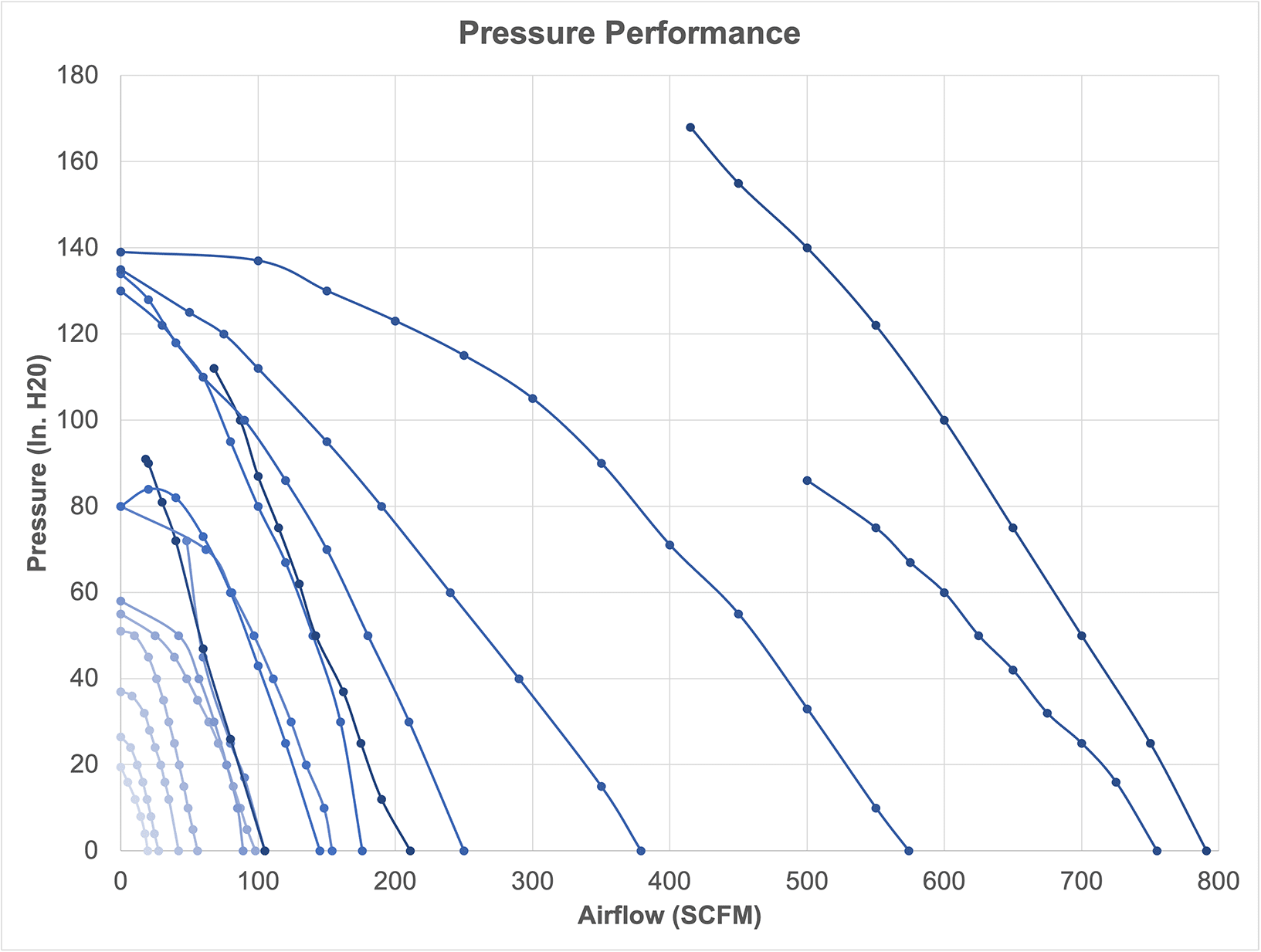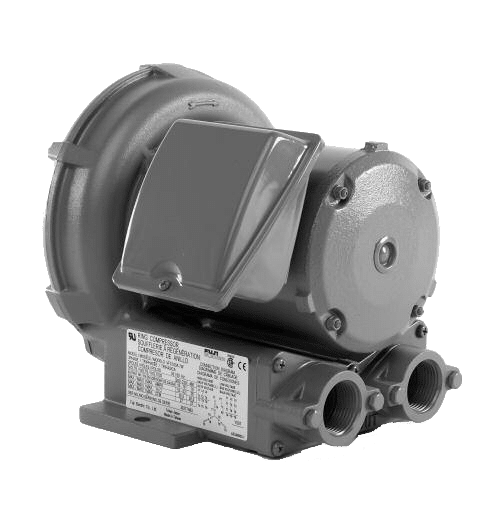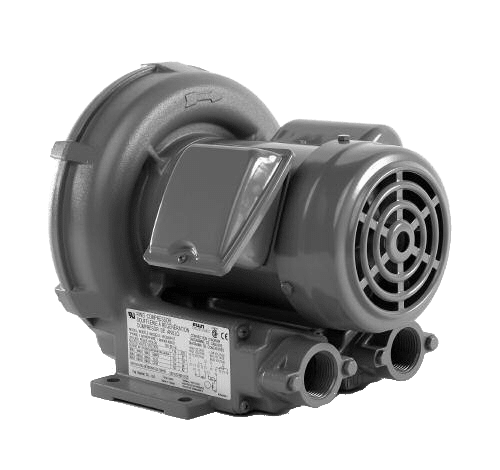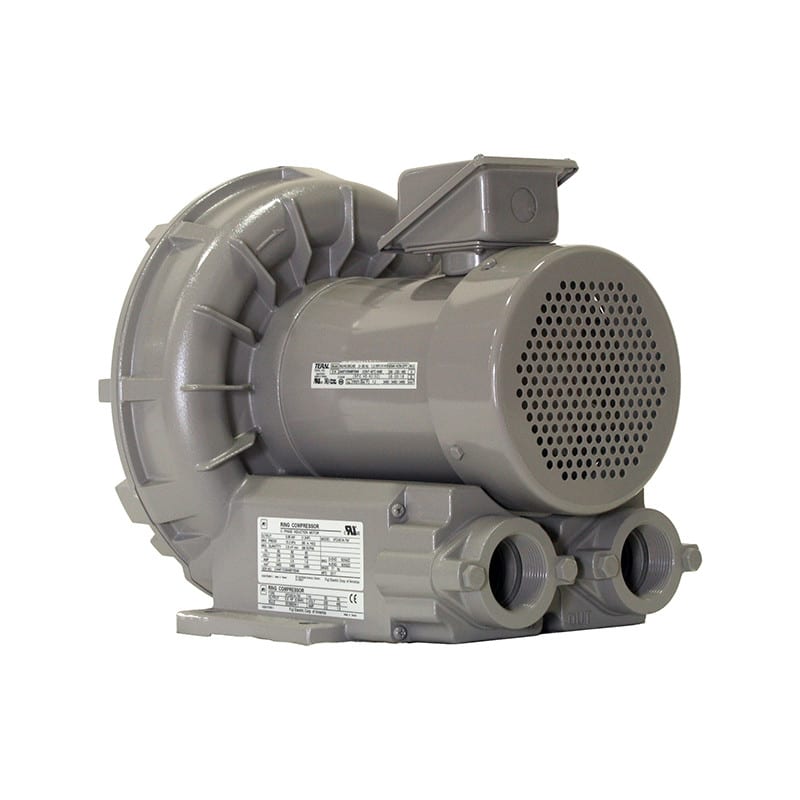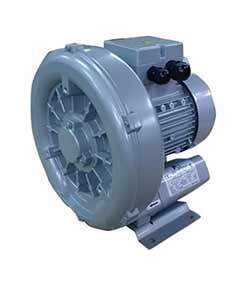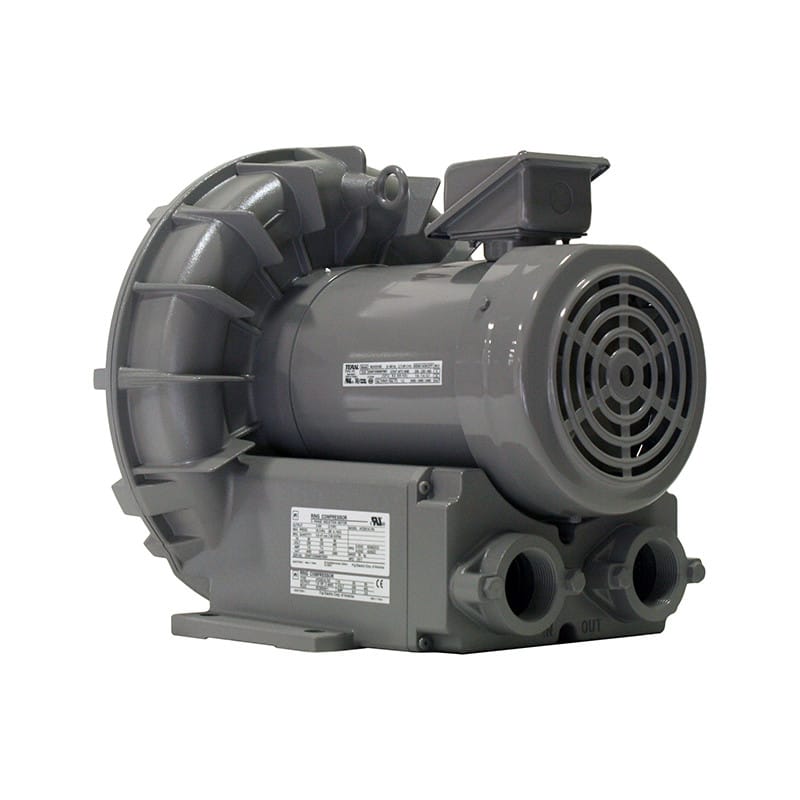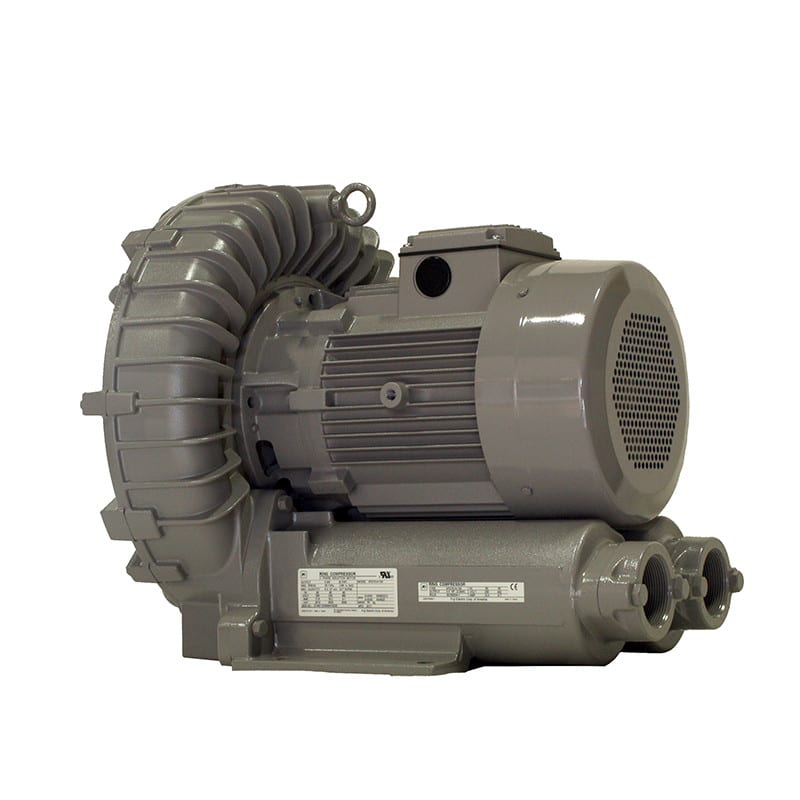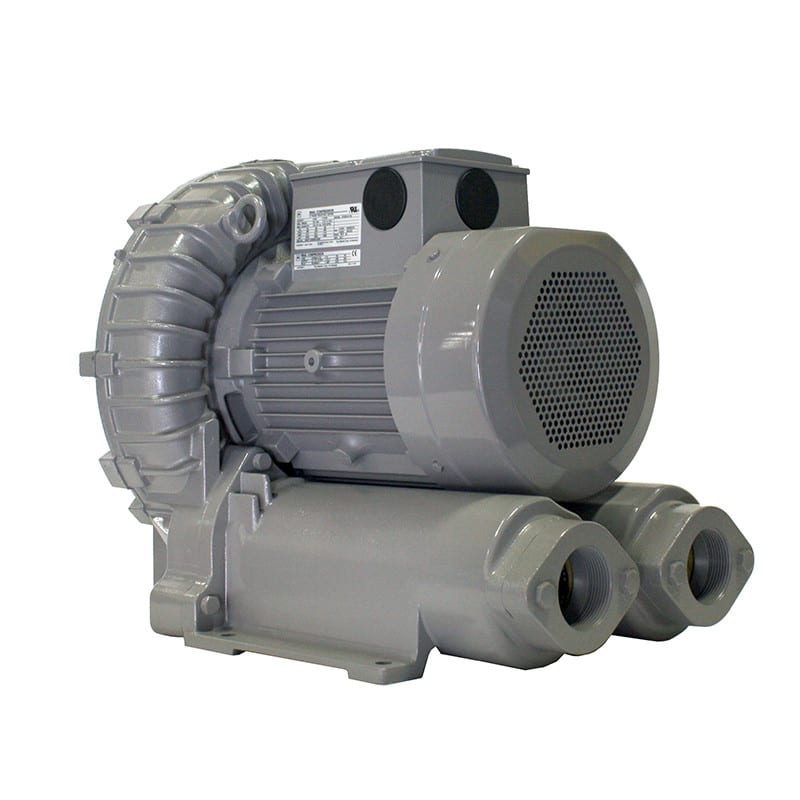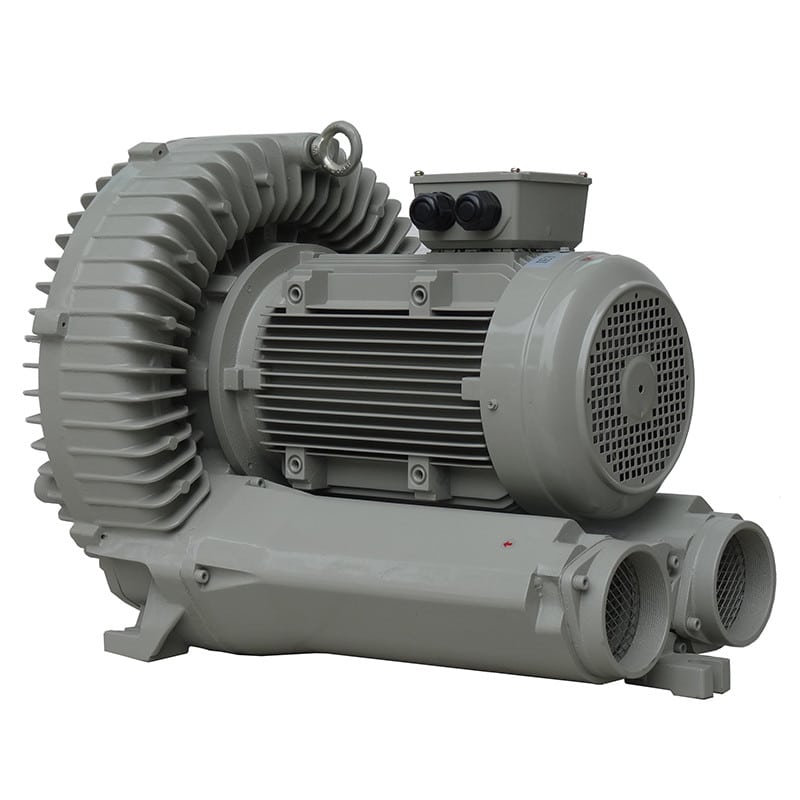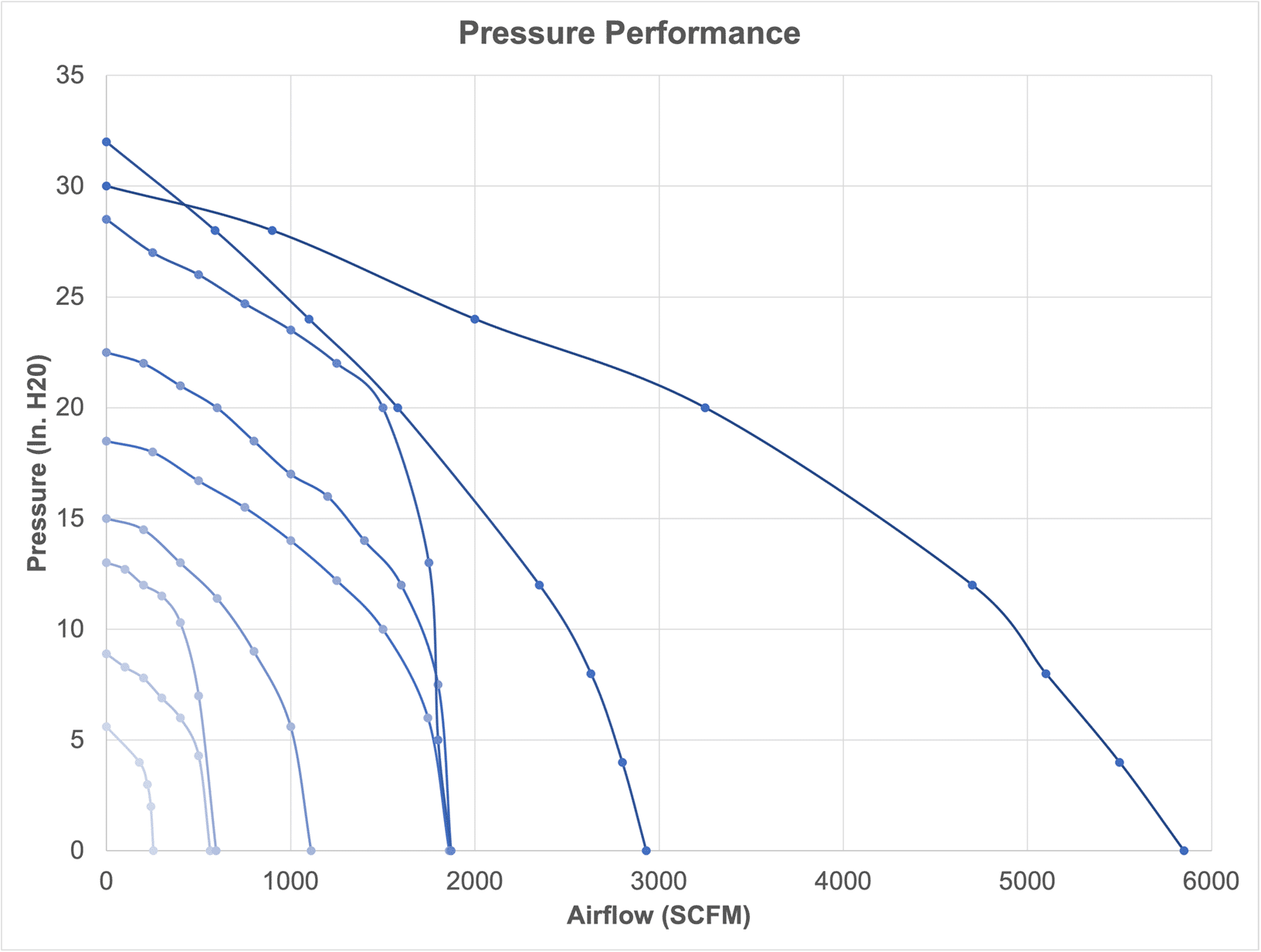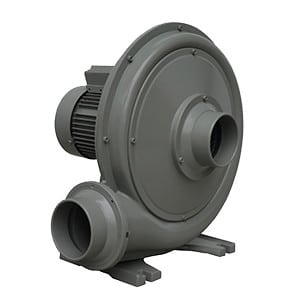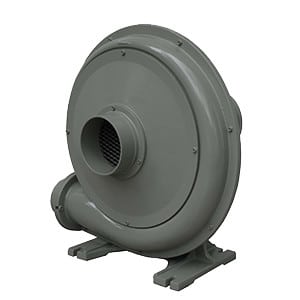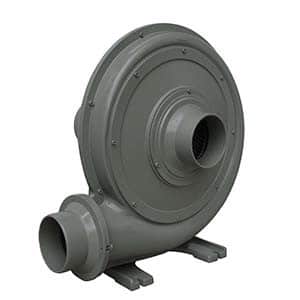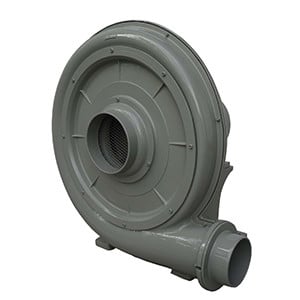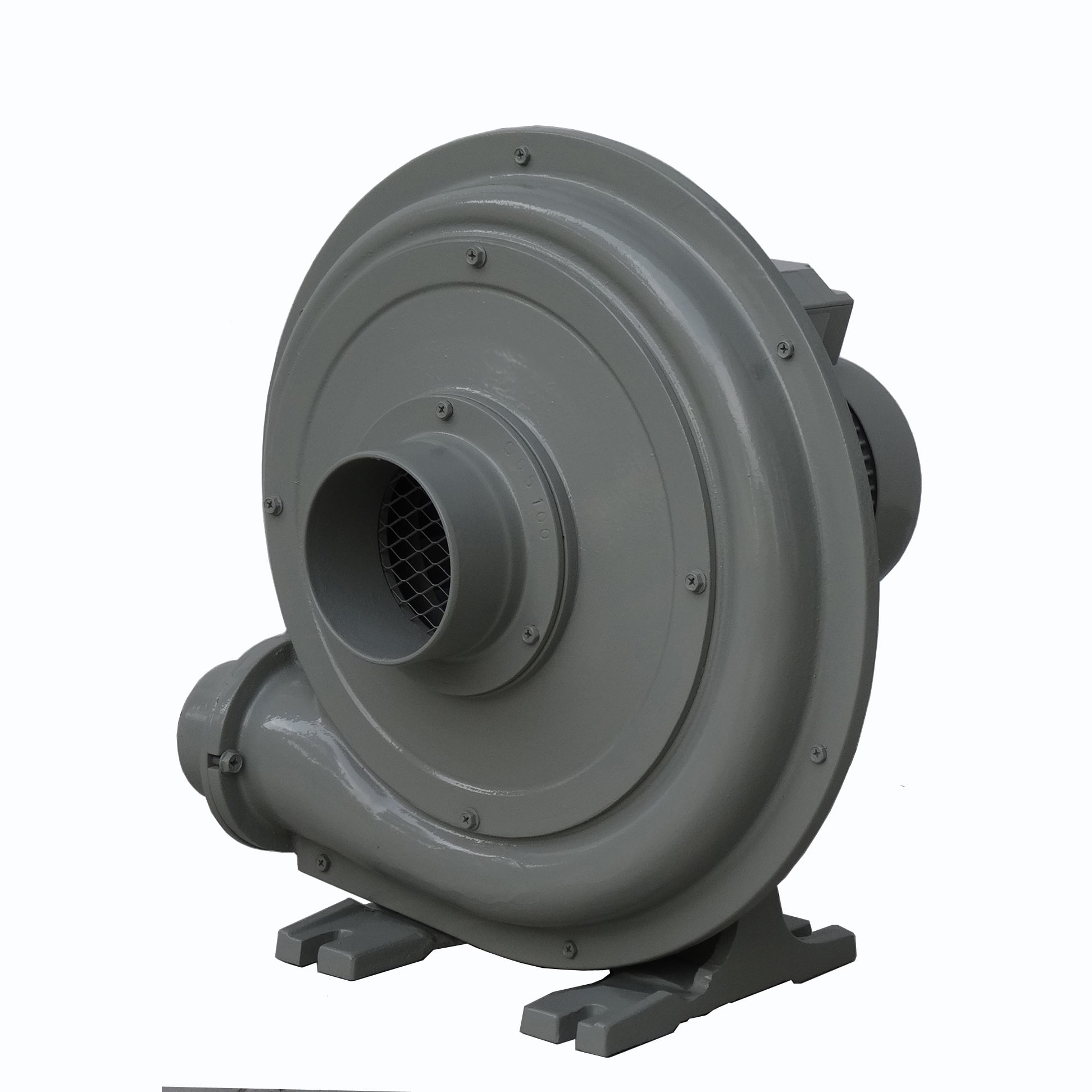The primary difference between a discrete IGBT (Insulated Gate Bipolar Transistor) and an IGBT module lies in their packaging and integration.
- Discrete IGBT:
- Individual Component: A discrete IGBT is a standalone semiconductor device that includes the IGBT chip, usually mounted on a small package. It often has three terminals: collector, emitter, and gate.
- Single-Chip Design: In a discrete IGBT, the IGBT chip is a single unit, and its control and protection circuitry, if required, are typically external components connected to the device.
- IGBT Module:
- Integrated Design: An IGBT module is a more integrated solution that combines one or more IGBT chips with additional components such as diodes, gate drivers, and sometimes temperature and overcurrent protection circuits.
- Modular Package: The multiple components are housed in a single package, providing a compact and easy-to-install solution. This modular design simplifies the connection and thermal management of the IGBT system.
- Multiple IGBTs: Some IGBT modules contain multiple IGBT chips in parallel or in series, allowing for higher voltage or current handling capabilities.
Key Differences:
- Integration: The level of integration is the primary distinction. A discrete IGBT is a single, standalone device, while an IGBT module integrates multiple components into a single package.
- Components: An IGBT module includes not only the IGBT chips but also other components like diodes and gate drivers, streamlining the design and assembly process.
- Applications: Discrete IGBTs are often used in applications where customization and flexibility are crucial, as designers have more control over the external components. IGBT modules, on the other hand, are convenient in applications where a compact and integrated solution is preferred, such as motor drives, power inverters, and other power electronics systems.
- Complexity: IGBT modules tend to be more complex due to the integration of multiple components. Discrete IGBTs offer a simpler design but may require additional external components.
The choice between a discrete IGBT and an IGBT module depends on the specific requirements of the application, including factors such as power rating, space constraints, ease of assembly, and the level of integration desired.




















